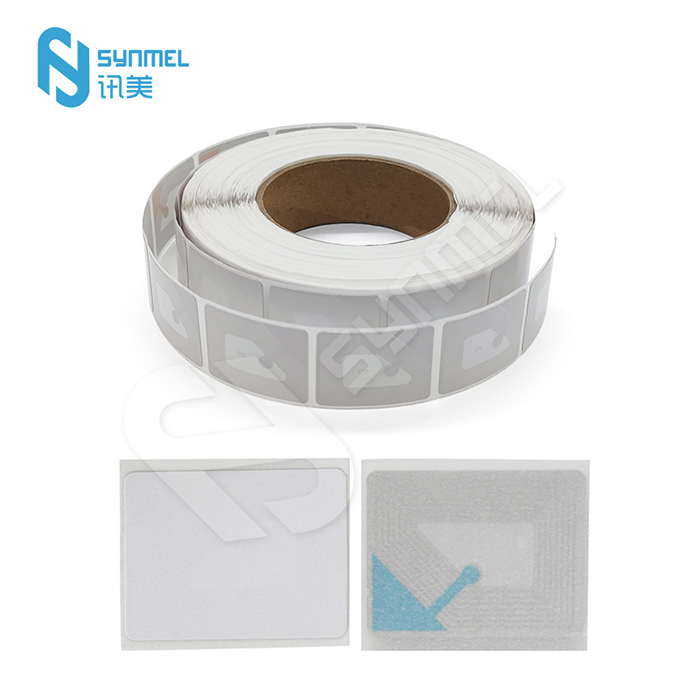- English
- Español
- Português
- русский
- Français
- 日本語
- Deutsch
- tiếng Việt
- Italiano
- Nederlands
- ภาษาไทย
- Polski
- 한국어
- Svenska
- magyar
- Malay
- বাংলা ভাষার
- Dansk
- Suomi
- हिन्दी
- Pilipino
- Türkçe
- Gaeilge
- العربية
- Indonesia
- Norsk
- تمل
- český
- ελληνικά
- український
- Javanese
- فارسی
- தமிழ்
- తెలుగు
- नेपाली
- Burmese
- български
- ລາວ
- Latine
- Қазақша
- Euskal
- Azərbaycan
- Slovenský jazyk
- Македонски
- Lietuvos
- Eesti Keel
- Română
- Slovenski
- मराठी
- Srpski језик
The anti-interference principle of RF security labels
2025-02-14
The anti-interference principle of RF security labels mainly depends on the following aspects:
1. Frequency selection and anti-interference design
RF security labels usually work within a specific frequency range. In order to reduce interference, RFID systems use frequency hopping technology or choose to work in less used frequency bands to reduce interference with other wireless devices. Through frequency selection and anti-interference design, RFID tags can still work normally in a more complex electromagnetic environment.
2. Modulation and demodulation technology
RF security labels use different modulation and demodulation methods to transmit data, and these modulation methods have certain anti-interference capabilities. Common technologies such as:
Amplitude modulation and frequency modulation: This modulation method can resist noise interference to a certain extent and improve the stability of signal transmission between tags and readers.
Code division multiple access: By allocating data to different code sequences, RFID systems can avoid signal interference from multiple tags or devices.
3. Low power design
RF security labels are generally designed to be low power to avoid being interfered by other strong electromagnetic signals. Low power design helps to reduce signal interference caused by electromagnetic environment noise, thereby improving the anti-interference ability of RF tags.
4. Anti-interference materials and structural design
RFID tags often use certain electromagnetic shielding materials or multi-layer structural designs to reduce the impact of external signals. For example, metal coatings or thin film protective layers with electromagnetic shielding effects are used, or circuit design is optimized to reduce the interference of external signals on internal communications.
5. Multi-antenna technology and signal processing
Some high-end RFID tags and reading devices use multi-antenna technology to receive signals simultaneously through multiple receiving antennas, and use advanced signal processing algorithms to improve anti-interference capabilities. This method can effectively filter interference signals in the environment and enhance the communication stability between tags and readers.
6. Error detection and correction technology
RFID security tags often embed some error detection and correction algorithms, such as checksums, hash functions, and error correction codes. These technologies can effectively detect and correct data errors caused by interference, thereby improving the reliability and accuracy of the tag system.
7. Adaptive protocols and dynamic adjustment
Some RFID tags and systems can dynamically adjust the transmission power, frequency, or modulation mode when receiving interference. For example, in a high-interference environment, the tag can automatically switch to a lower power mode or adjust the signal transmission method to ensure reliable communication with the reader.
In general, the anti-interference ability of RF security labels is achieved through a variety of technical means, including frequency management, modulation method, low-power design, shielding materials, signal processing, etc., to ensure that the tag can work stably in a complex electromagnetic environment.




